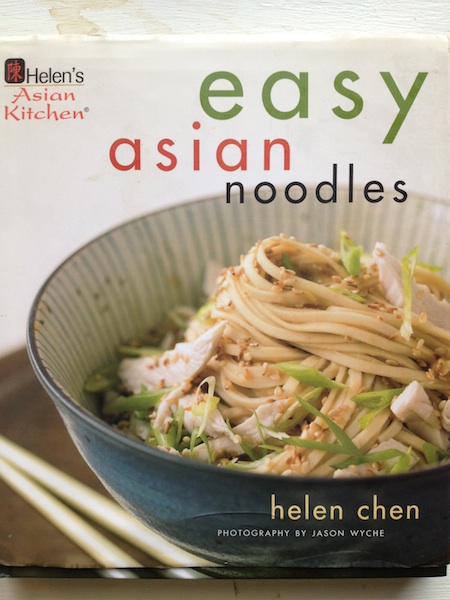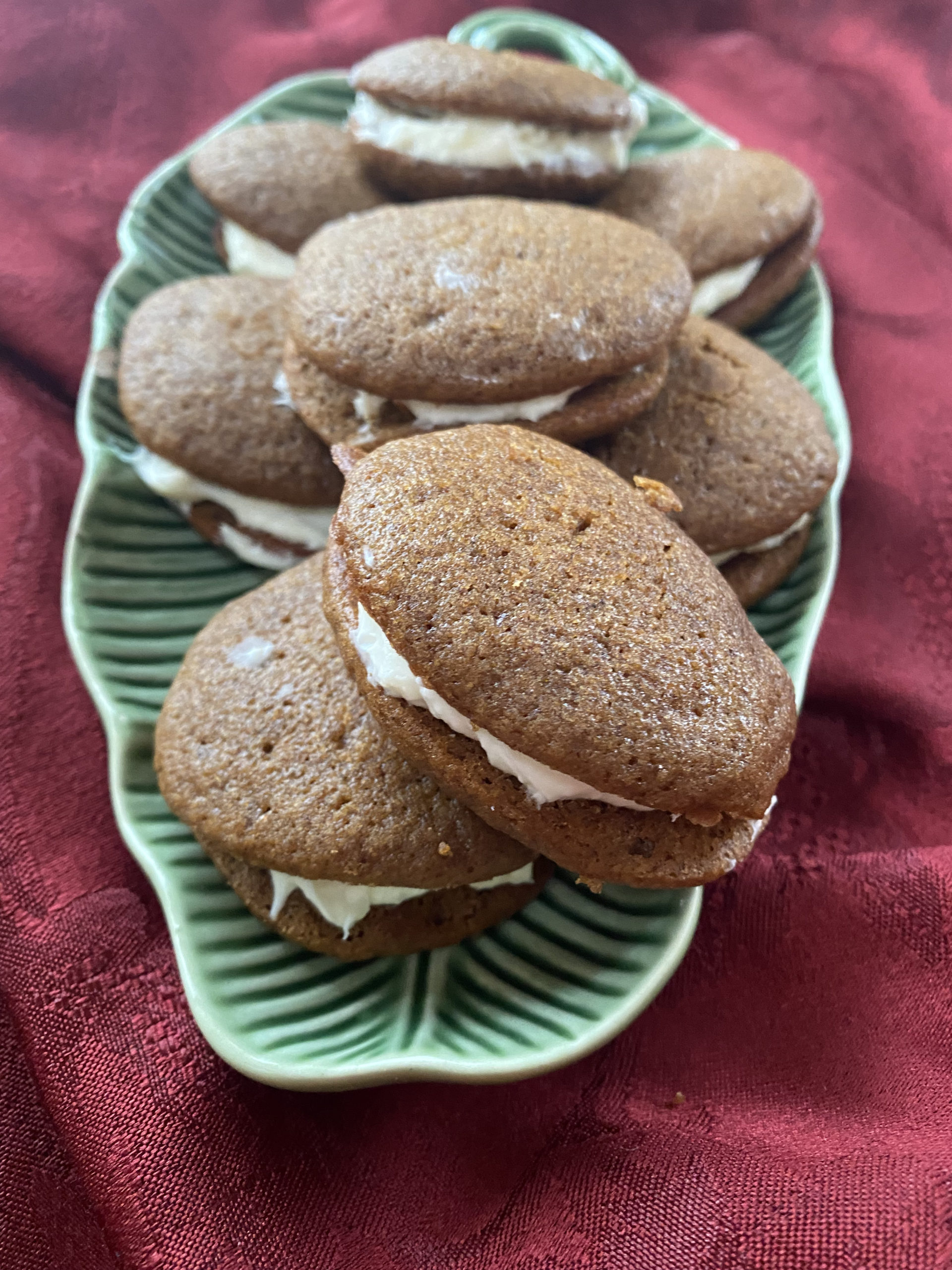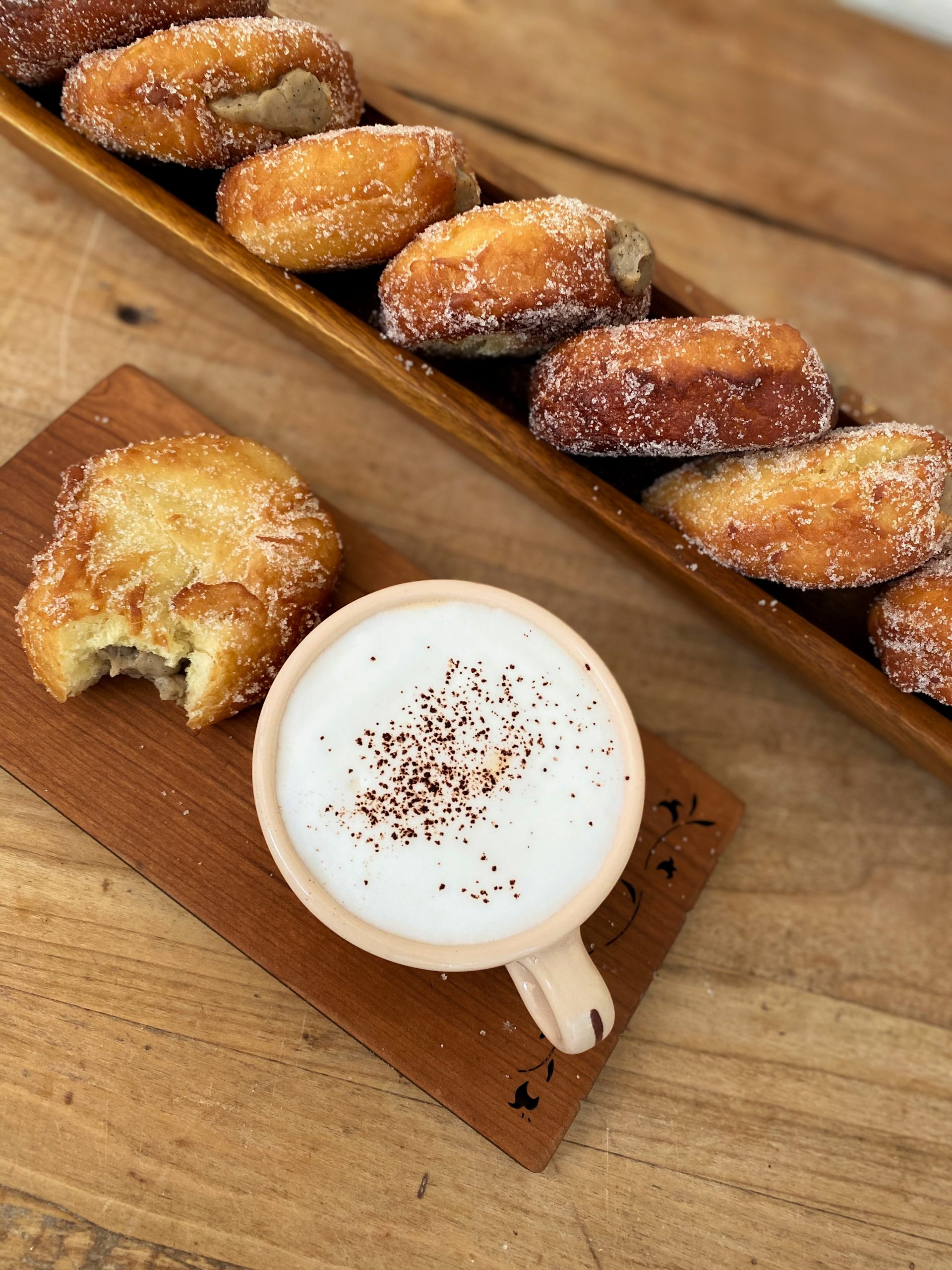This month we talk with Helen Chen, cookbook author, Asian food expert and culinary expert. Born in China, Helen moved to the U.S. at a young age with her family. Helen grew up in a traditional Chinese-American household, where she learned the traditions of Chinese food preparation from her mother,Joyce Chen, who prepared dishes of her native Shanghai and Beijing with much regularity. Today, Helen is a widely acknowledged expert in Chinese cooking. She is an educator, cookbook author and developed a line of Asian kitchenware under the brand name Helen’s Asian Kitchen. Today, she shares her insights on topics from the acceptance of Asian food in our society, to the essential tools of an Asian kitchen. Oh, and we also touch on her latest cookbook, Easy Asian Noodles (Wiley).
Family Eats: How are you helping educate American consumers about the broad range of flavors and textures in Asian cooking?
Helen Chen: I like to think of Chinese food as the Mother ship of Asian Cuisine, with other Asian cultures being influenced by the food traditions of China. What I like to impart is the traditional foods and the way they are prepared. Taking the won ton as an example. Americans like their won tons crispy, however, the Chinese never deep fry, we boil. For Americans it may not be as exciting as a crispy won ton, but when boiled in the traditional manner, it is healthier. If I can educate someone about preparing the won ton in a traditional manner, then pairing it with a delicious dipping sauce, it can be quite tasty and satisfying. Likewise, if I can show them the versatility of the won ton – it can be used in soup, or pan-fried like home-style potatoes, then they can better understand the cuisine. Americans still have more to discover about Asian cuisine.
But, I do believe that Americans are widening their food experiences and becoming more curious about the authentic cuisines from other countries.
Family Eats: Your new book is about Asian noodles. Tell us about it.
Helen Chen: The book was recently released in January (2010), and we have found a lot of people are interested in it. For Asians, noodles are a convenient comfort food; something we could have for breakfast or for lunch, when eating alone or in a big group every day or for a celebration.
Asian noodles are typically long, unlike the shorter Italian-style noodles Americans are more familiar with. The long Asian noodle is a symbol of long life, and is an important part of a meal with family and friends. It is a symbolic food that is served at birthdays, festivals and for every day.
In the book, I cover noodles from four countries – China, Japan, Thailand and Vietnam. Then break them down into different types of noodles, wheat noodles, rice noodles, and so on. The recipes included in the book give readers many different ways to use the noodles – from stir fries, to pan fried, in a cold noodle salad or in soup.
Family Eats: I agree, the Asian noodle has definitely found its way into our culture. There are more and more noodle shops on the streets of our cities, and we no longer need to visit an Asian grocery to buy our Asian noodles.
Helen Chen: That is definitely true. Before when I used to walk down the aisle of a supermarket, all I could find was chow mein noodles and a La Choy soy sauce. Now, I can find Thai noodles, fish sauce, hoison sauce, sesame oil. It is truly wonderful that these essential Asian ingredients are now more readily available to the American consumer in traditional grocery stores. These ingredients are not only popular for use with traditional Asian dishes, but thanks to television food shows, recipes in magazines, these Asian ingredients are being used in recipes beyond Asian foods, such as using a sesame oil to create a wonderful salad dressing.
Family Eats: Your mother is credited with introducing the Peking Pan to the American consumer. Now the wok is considered a staple in many American homes. What would you suggest as essential Asian tools for the American kitchen?
Helen Chen: When I hear someone say that if you don’t have a wok, use a sauté pan, I shake my head. I just don’t believe that foods can be cooked the same in a sauté pan as they are in a wok because in the wok’s rounded sides allows for ease when stirring and cooking the contents properly. So, definitely, a wok is an essential. My line includes a nonstick-coated wok, and many ask me why I choose nonstick instead of a traditional carbon steel wok. The traditional carbon steel wok requires seasoning, and it can take six to nine months of frequent use for the carbon steel wok to be fully seasoned. Unless the consumer uses the wok with great frequency, or has the patience to re-season the wok on a frequent basis, it just doesn’t make sense.
I would also say a good spatula is needed. Not a plastic spatula that gets soft when in contact with the heat, or a silicone spatula that is not firm.
My favorite spatula is one made of bamboo, it provides the firmness required for stirring in a hot environment, and unlike a metal spatula, using bamboo allows me to hear the food being cooked, as opposed to the metal of the traditional spatula moving across the surface of the wok.
Another item is the steamer, and I prefer a bamboo steamer because the extra condensation from steam is absorbed into the bamboo, rather that dripping on what is being cooked. The bamboo steamer, when used with an adapter ring (it looks like a metal donut that sits on top of a sauce pan or stock pot) can help the steamer work to its best potential. When used in combination with a bamboo steamer, the ring rests on top of a pot of water, and allows you to use the steamer directly on a pot and not in a wok, where you may be preparing other items for the meal. This allows you to stir-fry and steam simultaneously.
Finally, it is essential for any kitchen, Asian or otherwise, to have a good quality, sharpened knife and a cutting board.
Family Eats: For anyone who is looking to expand their enjoyment of Asian meals, what foods/recipes would you suggest?
Helen Chen: I have so many favorites, but I would suggest aCrispy Noodle Cake with Shredding Chicken and Vegetables and the Peking Meat-Sauced Noodles.






